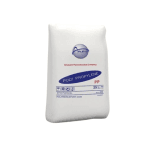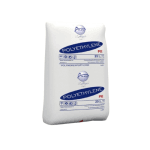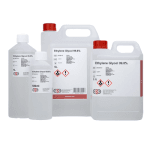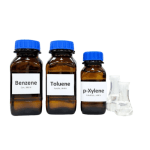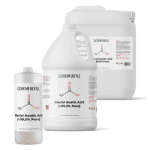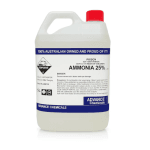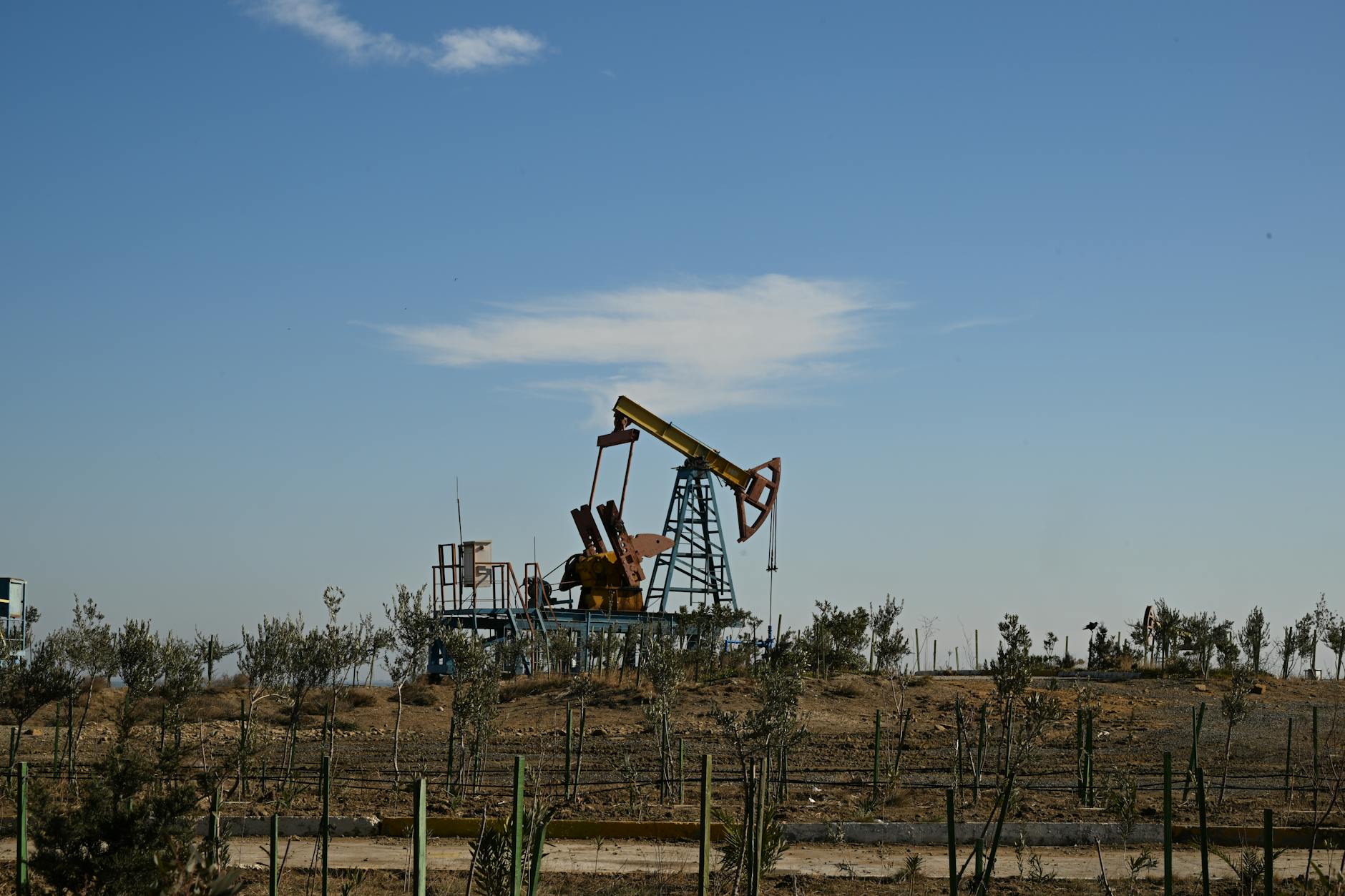Middle East Petrochemical Market Analysis 2023–2025
The Middle East petrochemical market is undergoing significant shifts, driven by evolving global demand, strategic capacity additions, and fluctuating feedstock prices. This analysis delves into the critical factors shaping the market from 2023 to 2025, providing insights into supply dynamics, price trends, trade flows, and the future outlook for key petrochemical products. It is designed for industry stakeholders, investors, and policymakers seeking a comprehensive understanding of this vital sector.
Table of Contents
Overview of Middle East Petrochemical Market
The Middle East remains a powerhouse in the global petrochemical industry, leveraging its abundant hydrocarbon resources and strategic geographic location. This report provides an in-depth look at the middle east petrochemical market from 2023 to 2025, exploring the intricate interplay of supply, demand, pricing mechanisms, and trade dynamics. Understanding these elements is crucial for navigating the opportunities and challenges within this dynamic sector, from commodity chemicals like methanol and ammonia to high-value polymers like polyethylene and polypropylene.


Coastal petrochemical complexes in the Middle East, showcasing the region’s industrial might.
Key Petrochemical Segments
The Middle East petrochemical landscape is diverse, encompassing a wide range of products essential for global manufacturing. Key segments include:
- Olefins: Ethylene and propylene are foundational building blocks. Ethylene is primarily used to produce polyethylene, while propylene is the precursor for polypropylene.
- Polymers: Polyethylene (PE) and polypropylene (PP) are the most widely produced and consumed polymers, finding applications in packaging, automotive, textiles, and construction. Significant growth is anticipated in this segment.
- Aromatics: Benzene and paraxylene (PX) are critical for producing polystyrene, nylon, and PET (polyester).
- Methanol and Derivatives: Methanol is a versatile chemical used in producing formaldehyde, acetic acid, and MTBE, with growing interest in its potential as a clean fuel.
- Fertilizers: Ammonia and urea are vital for agriculture, with the Middle East being a major global supplier.
- Other Chemicals: This includes products like sulfur (a byproduct of natural gas processing) and bitumen (used in road construction and roofing).
Feedstock and Production Dynamics
The competitive advantage of the Middle East petrochemical industry is largely attributed to its access to cost-advantaged feedstocks, primarily natural gas and its associated liquids like ethane. Ethane is favored for its high ethylene yield and lower processing costs compared to naphtha, a primary feedstock in Europe and Asia.
- Ethane vs. Naphtha: The availability and price differential between ethane and naphtha significantly influence production economics. Countries like Saudi Arabia and Qatar benefit from abundant ethane reserves, securing a cost advantage for ethylene and its derivatives.
- Feedstock Flexibility: Some producers are investing in technologies that allow for greater feedstock flexibility, enabling them to adapt to changing market conditions and feedstock price volatility. This is becoming increasingly important as the global energy landscape evolves.
- Capacity Additions: Ongoing and planned capacity additions are set to reshape the supply landscape. New world-scale projects, often integrated with upstream refining operations, aim to capitalize on feedstock availability and meet growing regional and global demand.
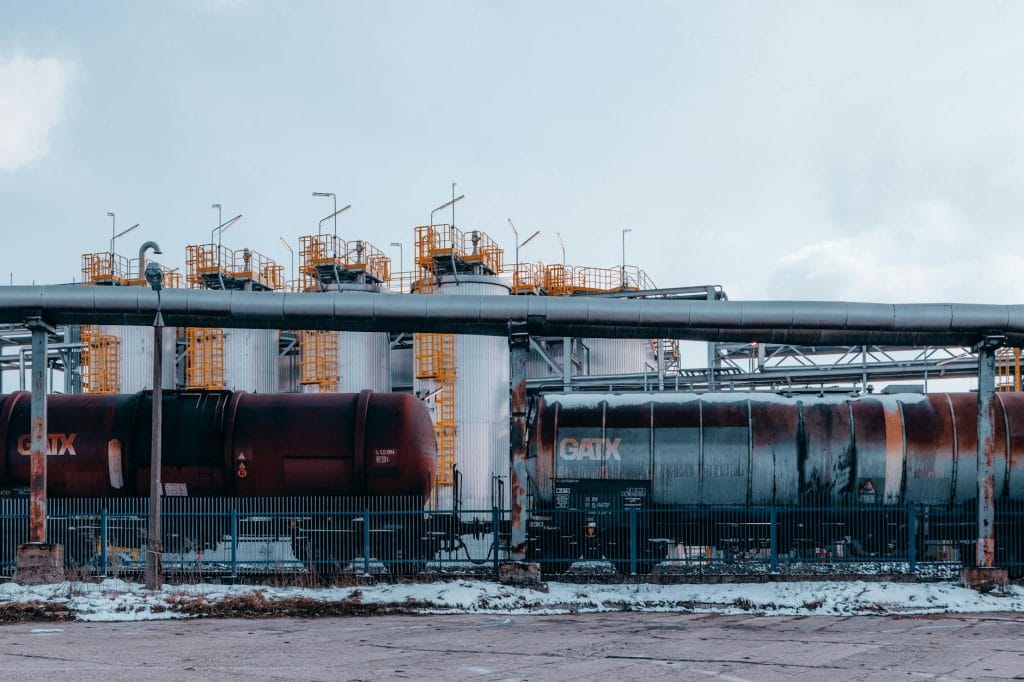

Ethane feedstock being transported to a petrochemical cracker.
Abundant ethane supply is a cornerstone of Middle Eastern petrochemical competitiveness.
Pricing Trends and Influences in Middle East Petrochemical Market
Petrochemical prices in the Middle East are determined by a complex interplay of global supply and demand, feedstock costs, regional production capacities, and international trade dynamics. Major pricing benchmarks, such as those published by ICIS and Platts, are closely watched by market participants.
- Global Demand: Demand for petrochemicals is closely tied to global economic growth, particularly in major consuming regions like Asia. Economic slowdowns or rapid expansions in these markets directly impact Middle Eastern export prices.
- Feedstock Costs: Fluctuations in crude oil and natural gas prices are key drivers. While Middle Eastern producers often enjoy a cost advantage, significant shifts in global energy markets inevitably affect their profitability and pricing strategies.
- Capacity Utilization: High operating rates signify strong demand and can support higher prices, while low utilization rates may lead to price pressure as producers seek to move inventory.
- Geopolitical Factors: Events such as sanctions on key trading partners or disruptions in energy supply routes can create price volatility and impact trade flows.
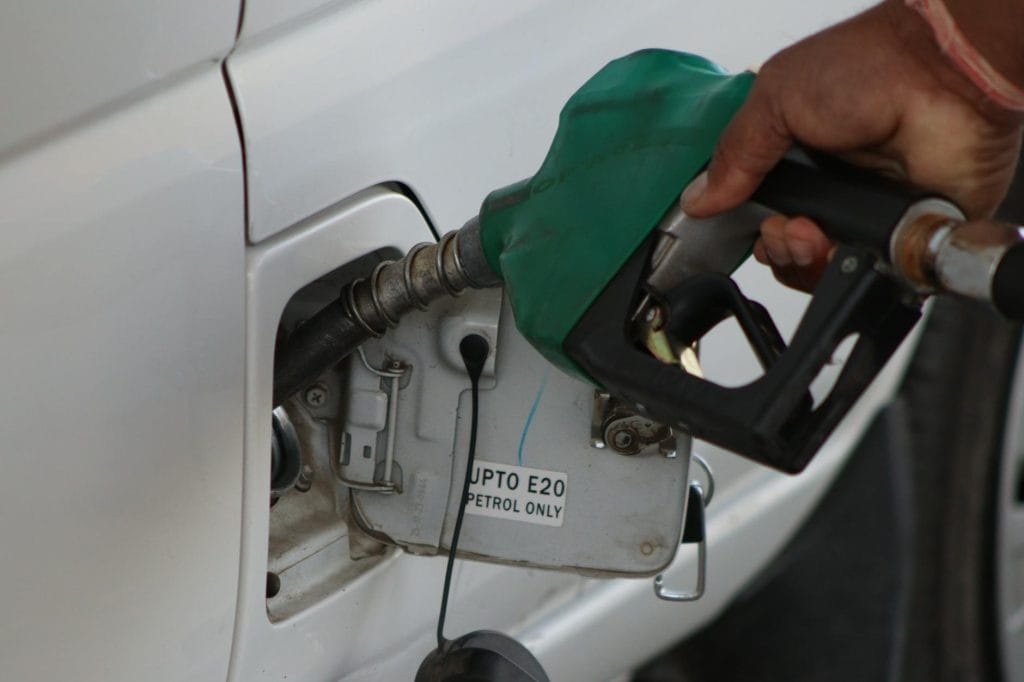
Trade Flows and Logistics, Middle East Petrochemical Market
The Middle East is a net exporter of petrochemicals, with Asia, particularly China and India, being its primary destination. Efficient logistics and strategic port infrastructure are critical for maintaining export competitiveness.
- Key Products Traded: Substantial volumes of polyethylene, polypropylene, methanol, ammonia, urea, and aromatics are exported annually. Understanding the HS codes associated with these products is essential for customs and trade compliance.
- Incoterms (FOB/CIF): Most international trade is conducted under Free On Board (FOB) or Cost, Insurance, and Freight (CIF) terms. FOB prices typically reflect the cost at the loading port, while CIF includes freight and insurance costs to the destination.
- Port Infrastructure: Major ports like Jebel Ali (UAE), Jubail (Saudi Arabia), and Bandar Abbas (Iran) serve as critical hubs for petrochemical exports. Investments in port expansion and handling capabilities are ongoing to accommodate growing trade volumes.
- Freight Costs: Global shipping rates, influenced by vessel availability, fuel prices, and geopolitical events, play a significant role in the landed cost of Middle Eastern petrochemicals in importing regions. Rising freight costs can erode producer margins and impact competitiveness.

Bulk carriers and container ships at a major Middle Eastern port, facilitating global petrochemical trade.
Efficient logistics and port infrastructure are vital for the region’s export-oriented petrochemical sector.
Major Players and Capacity Additions
The Middle Eastern petrochemical landscape is dominated by a few large, integrated players who benefit from economies of scale, feedstock advantage, and strong government backing.
- Saudi Arabia: Companies like SABIC (Saudi Basic Industries Corporation) and Saudi Aramco are global giants, operating vast integrated complexes. Aramco’s acquisition of a majority stake in SABIC has further solidified its position.
- Qatar: QatarEnergy (formerly Qatar Petroleum) is a major producer, particularly of ethylene, propylene, and their derivatives, leveraging its significant natural gas reserves.
- UAE: Borouge, a joint venture between ADNOC and Borealis, is a leading producer of polyolefins, with significant expansion plans.
- Other Nations: Countries like Kuwait, Oman, and Iran also have significant petrochemical production capacities.
New capacity additions are strategically planned to enhance product portfolios and expand market reach. These expansions often focus on higher-value derivatives and specialty chemicals, moving beyond basic commodity production.
Emerging Factors and Challenges in Middle East Petrochemical Market
Several emerging trends and challenges will shape the Middle east petrochemical market over the coming years:
- Geopolitical Instability: Regional tensions and international political dynamics, including the impact of sanctions, can affect trade routes, investment, and market access.
- Global Economic Slowdown: A potential global recession or slower economic growth in key importing regions could dampen demand for petrochemical products.
- Regulatory Changes: Increasing environmental regulations worldwide, particularly concerning plastics and emissions, will necessitate adaptation and investment in sustainable practices.
- Technological Advancements: Innovations in catalysis, process efficiency, and digitalization offer opportunities to improve competitiveness and reduce environmental impact.
- Feedstock Price Volatility: While generally cost-advantaged, Middle Eastern producers are not immune to global energy price swings, which can impact profitability.
Sustainability and the Future of Plastics,
The global push towards sustainability is significantly influencing the petrochemical industry. The Middle East is actively exploring sustainability initiatives and the adoption of circular plastics in Middle East Petrochemical Market.
- Circular Economy: Investments in advanced recycling technologies and the development of infrastructure for collecting and processing plastic waste are gaining momentum.
- Bio-based and Recycled Feedstocks: While currently a smaller component, there is growing interest in diversifying feedstocks to include bio-based and recycled materials to reduce reliance on fossil fuels.
- Carbon Capture and Reduction: Major producers are investing in technologies to reduce their carbon footprint, including carbon capture, utilization, and storage (CCUS) initiatives.
- Product Innovation: Developing more sustainable and recyclable polymer grades is becoming a key R&D focus to meet evolving consumer and regulatory demands.
Comparison of Key Products
Here’s a simplified comparison of some key petrochemical product categories prevalent in the Middle East Petrochemical Market:
| Product Category | Primary Feedstock | Key Applications | Middle East Strength | Market Trend |
|---|---|---|---|---|
| Polyethylene (PE) / Polypropylene (PP) | Ethylene / Propylene (from Ethane/Naphtha) | Packaging, films, automotive, construction, textiles | High volume, cost-advantaged | Strong demand growth, increasing capacity |
| Methanol | Natural Gas | Formaldehyde, acetic acid, MTBE, potential fuel | Abundant natural gas, large-scale production | Steady demand, exploring new applications |
| Ammonia / Urea | Natural Gas | Fertilizers | Cost-advantaged feedstock, large export volumes | Stable demand driven by agriculture; price sensitive to gas costs |
| Aromatics (Benzene, Paraxylene) | Naphtha | Polystyrene, nylon, PET, solvents | Integrated refining and petrochemical complexes | Dependent on downstream demand (polyesters, plastics) |
| Sulfur | Byproduct of gas processing | Sulfuric acid, fertilizers | Significant byproduct availability | Demand tied to industrial activity and fertilizer markets |

Various grades of polyethylene and polypropylene pellets, the building blocks for countless plastic products.
Understanding the properties and applications of different polymer grades is key for buyers and producers.
Related Resources
- [Guide to Global Petrochemical Feedstocks → /petrochemical-feedstocks]
- [Understanding Incoterms for International Trade → /understanding-incoterms]
- ICIS – Leading Provider of Energy & Petrochemical Market Intelligence
- Platts – Energy and Commodities Information
Key Takeaways
- The Middle East petrochemical market is characterized by cost-advantaged feedstock, significant export volumes, and major integrated players like SABIC and Aramco.
- Key products include olefins (ethylene, propylene), polymers (polyethylene, polypropylene), methanol, and fertilizers (ammonia, urea).
- Pricing is heavily influenced by global demand, feedstock costs (ethane vs. naphtha), and shipping rates.
- Strategic capacity additions are ongoing, focusing on efficiency and higher-value products.
- Emerging challenges include geopolitical risks, economic slowdowns, and increasing pressure for sustainability and circular plastics.
- Logistical efficiency through key ports Jebel Ali Jubail Bandar Abbas and understanding trade terms (FOB/CIF) are crucial for success.
FAQs
Q1: What are the primary feedstocks for petrochemical production in the Middle East?
A1: The primary feedstocks are natural gas, particularly ethane, which is cost-advantaged. Naphtha derived from crude oil is also used, especially in more integrated refining and petrochemical complexes.
Q2: Which are the dominant petrochemical companies in the Middle East?
A2: Key players include Saudi Basic Industries Corporation (SABIC), Saudi Aramco, QatarEnergy, and Borouge (a joint venture between ADNOC and Borealis).
Q3: How do global sanctions impact the Middle East petrochemical market?
A3: Sanctions can disrupt trade flows, affect market access for certain countries, and influence pricing by altering supply-demand balances in specific regions. They can also impact investment decisions and geopolitical risk premiums.
Q4: What is the outlook for polyethylene and polypropylene demand in the region?
A4: Demand for polyethylene and polypropylene is expected to remain robust, driven by growth in packaging, construction, and automotive sectors, both regionally and in key export markets like Asia. However, sustainability concerns and regulatory shifts could influence future growth patterns.
Conclusion
The Middle East petrochemical market is poised for continued evolution between 2023 and 2025. While benefiting from structural advantages like feedstock availability, the sector must navigate a complex landscape of global economic shifts, geopolitical uncertainties, and the imperative for greater sustainability. Strategic investments in capacity, efficiency, and innovative, circular solutions will be key for maintaining its competitive edge and ensuring long-term growth.
(Please note: This article focuses on general market analysis and does not constitute financial or investment advice. Specific data points and forecasts should be sought from specialized market research firms and financial analysts.)
Middle East Petrochemical Market.

